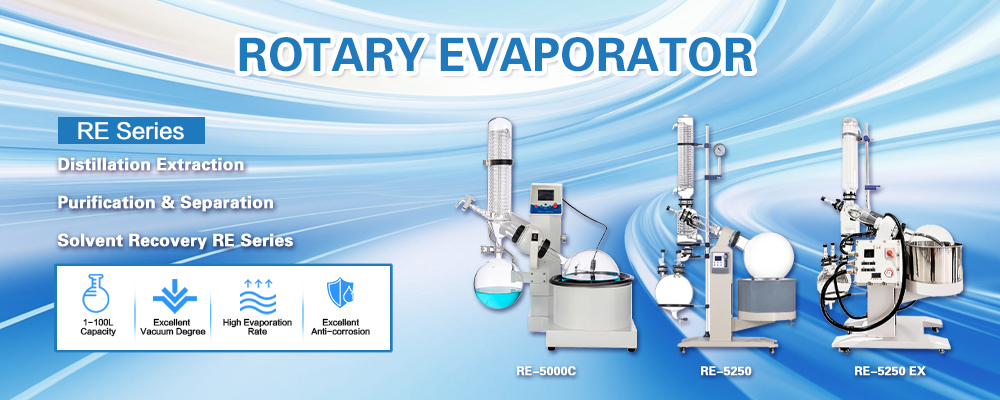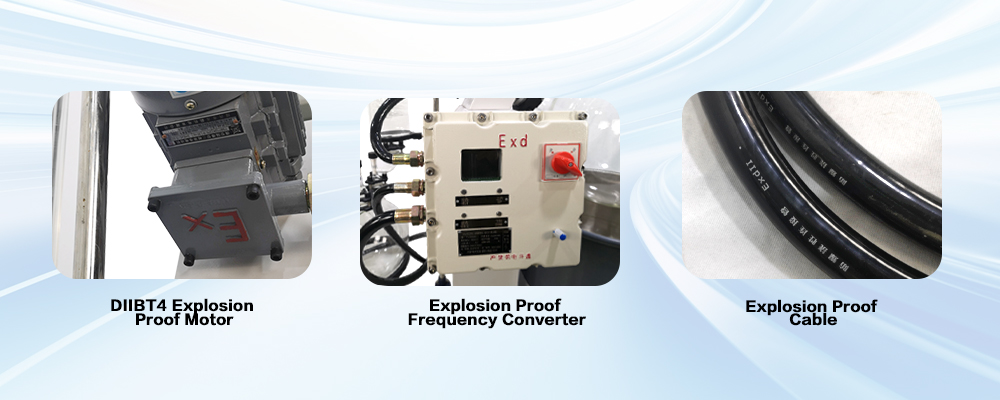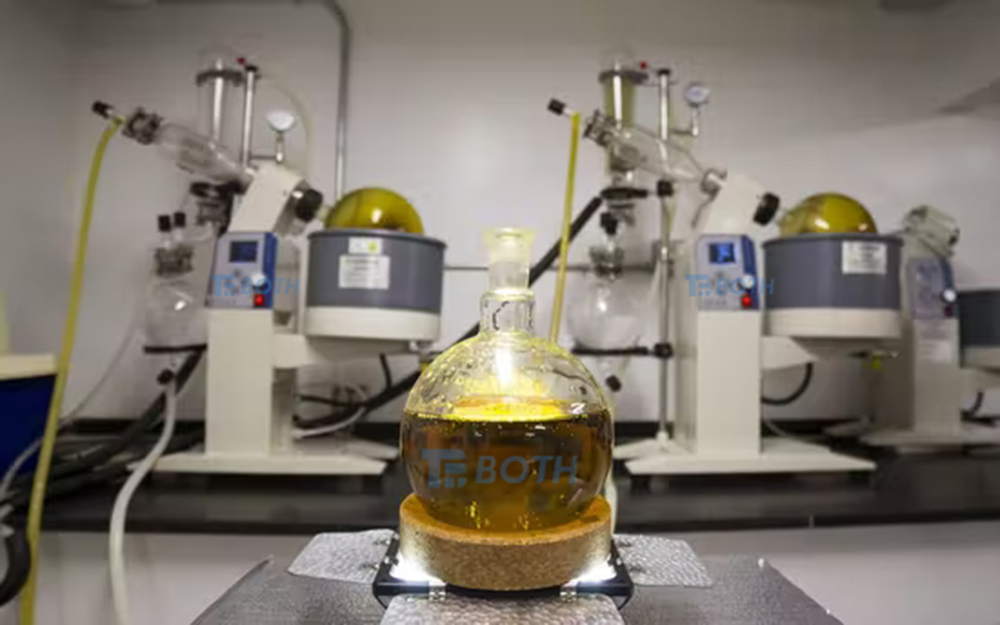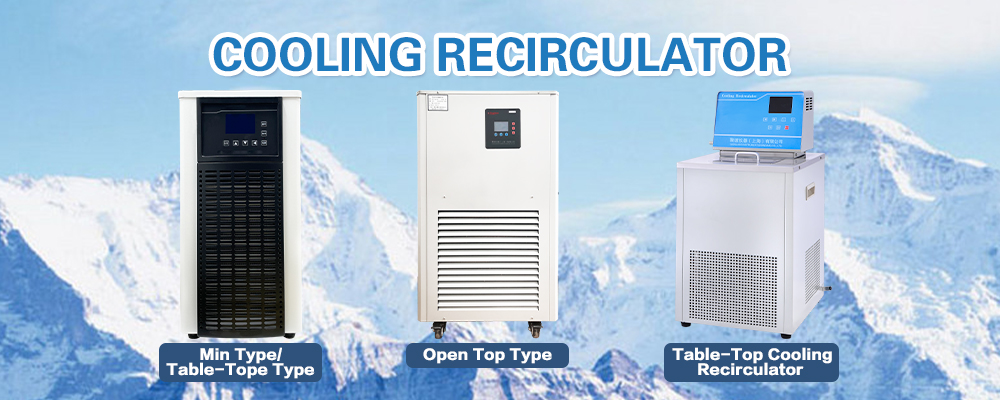Rotary evaporators are a common tool used in many chemical laboratories. They are designed to gently and efficiently remove solvents from samples through the use of evaporation. In essence, rotary evaporators distribute a thin film of a solvent across the interior of a vessel at an elevated temperature and reduced pressure. As a result, excess solvent is able to be quickly removed from the less volatile samples. If you are interested in performing rotary evaporation in your lab, these tips for choosing a laboratory rotary evaporator will help you select the best device for your application.
Safety Considerations
One of the most important factors to consider when choosing a laboratory rotary evaporator system is safety. While rotary evaporation is a relatively simple operation, there are always certain risks that accompany heating up solvents, acids, and aqueous samples. As such, it is essential to take necessary precautions such as purchasing safety components and accessories to ensure the operation of the device is as safe as possible.
For example, ventilated fume hoods and shields can protect operators from harmful chemical vapors that are generated during the rotary evaporation process. Acquiring coated glassware is also beneficial, as it will help prevent implosions that occur when glassware containing cracks or flaws is pressurized during the process. For optimal safety, consider purchasing a rotary evaporator that has motorized lifts in case the power goes out, or advanced shutoff procedures in case the heating bath goes dry.
The Sample
When it comes to choosing a laboratory rotary evaporator that is best suited to your application, it is important to consider the sample you will be using. The size, type, and sensitivity of the sample will all play a role in the ideal setup of the rotary evaporator system. For example, if your samples are acids, you must choose an acid-resistant system that has been coated properly to prevent corrosion.
You should also consider the temperature at which your sample needs to be condensed. This temperature will influence the type of cold trap that your rotary evaporator will need. For alcohols, a -105°C cold trap is typically ideal, while a -85°C cold trap works for most aqueous-based samples.
Environmental Considerations
If your laboratory is concerned about reducing its negative impact on the environment, you may also want to keep a few environmental considerations in mind when choosing a rotary evaporator.
When it comes to condensing and collecting samples, condenser coils or cold fingers are typically combined with either circulating tap water or dry ice. Such methods require the continuous change of water to prevent algae buildup, which can result in a significant amount of wasted water over time.
To conserve resources, consider opting for a rotary evaporator that is equipped with circulating chillers, which can be attached to the evaporators. Such recirculating chillers facilitate highly efficient condensation while greatly reducing waste.
If you need rotary evaporator or related laboratory equipment, please contact us, I will serve you with professional knowledge
Post time: Nov-01-2023










